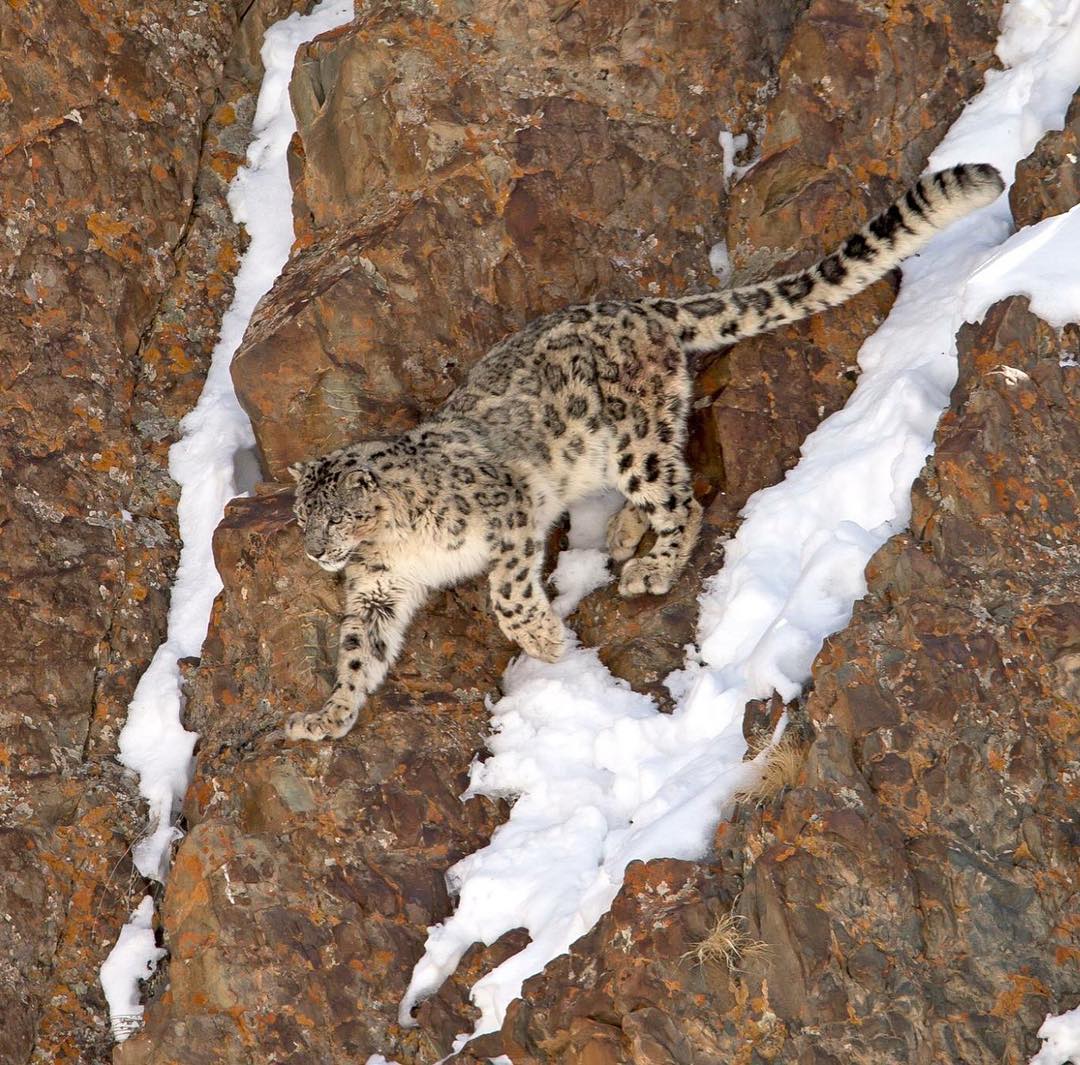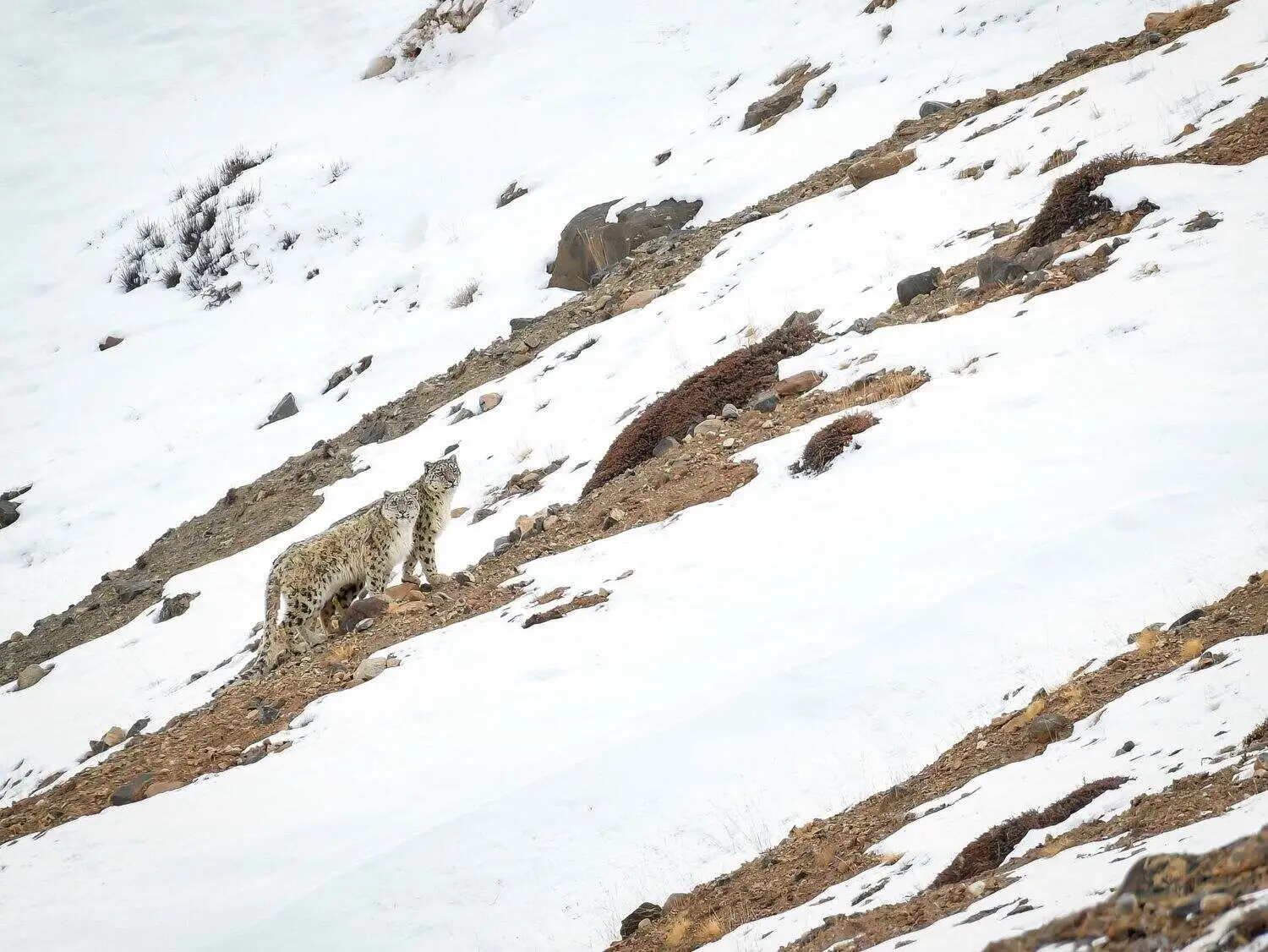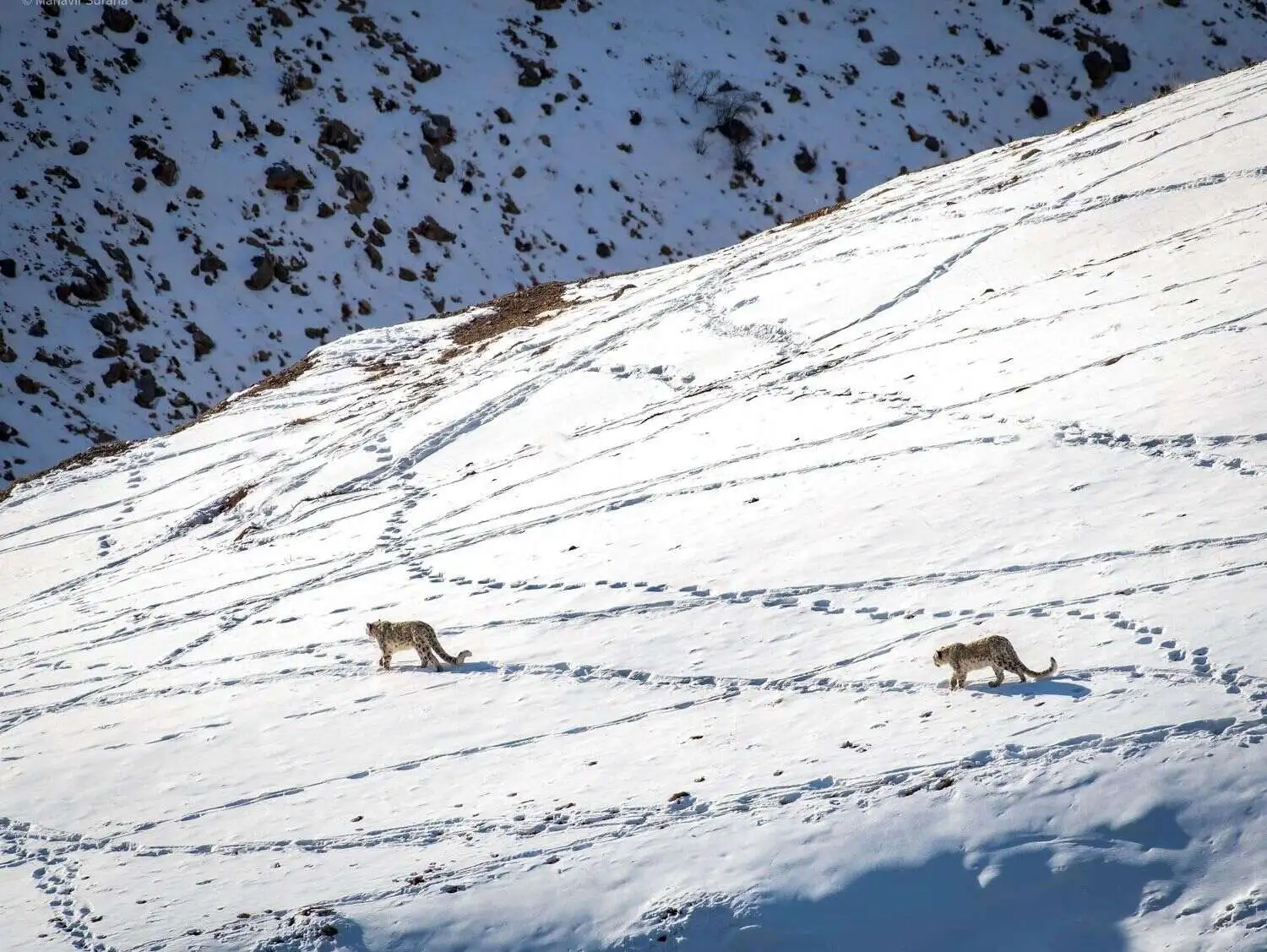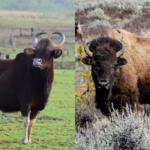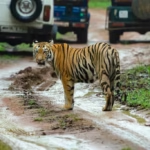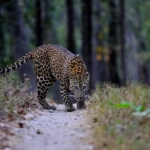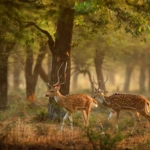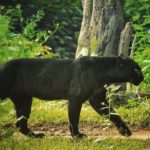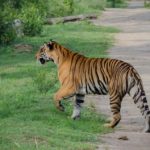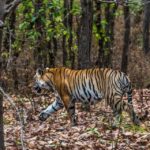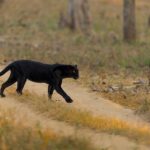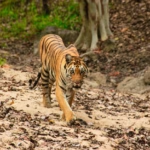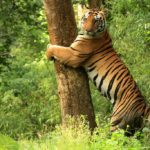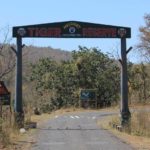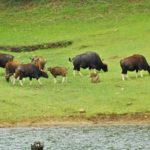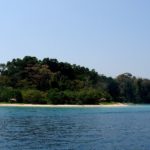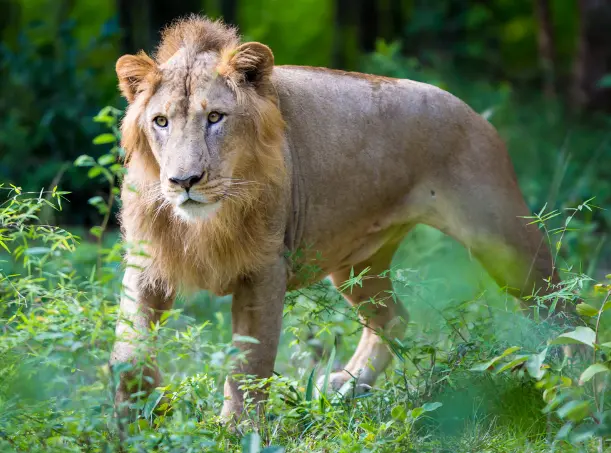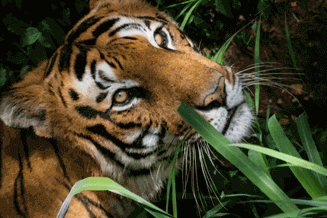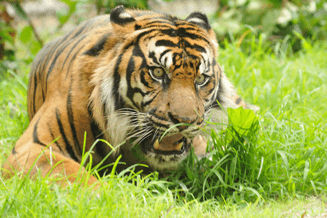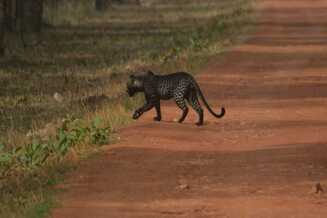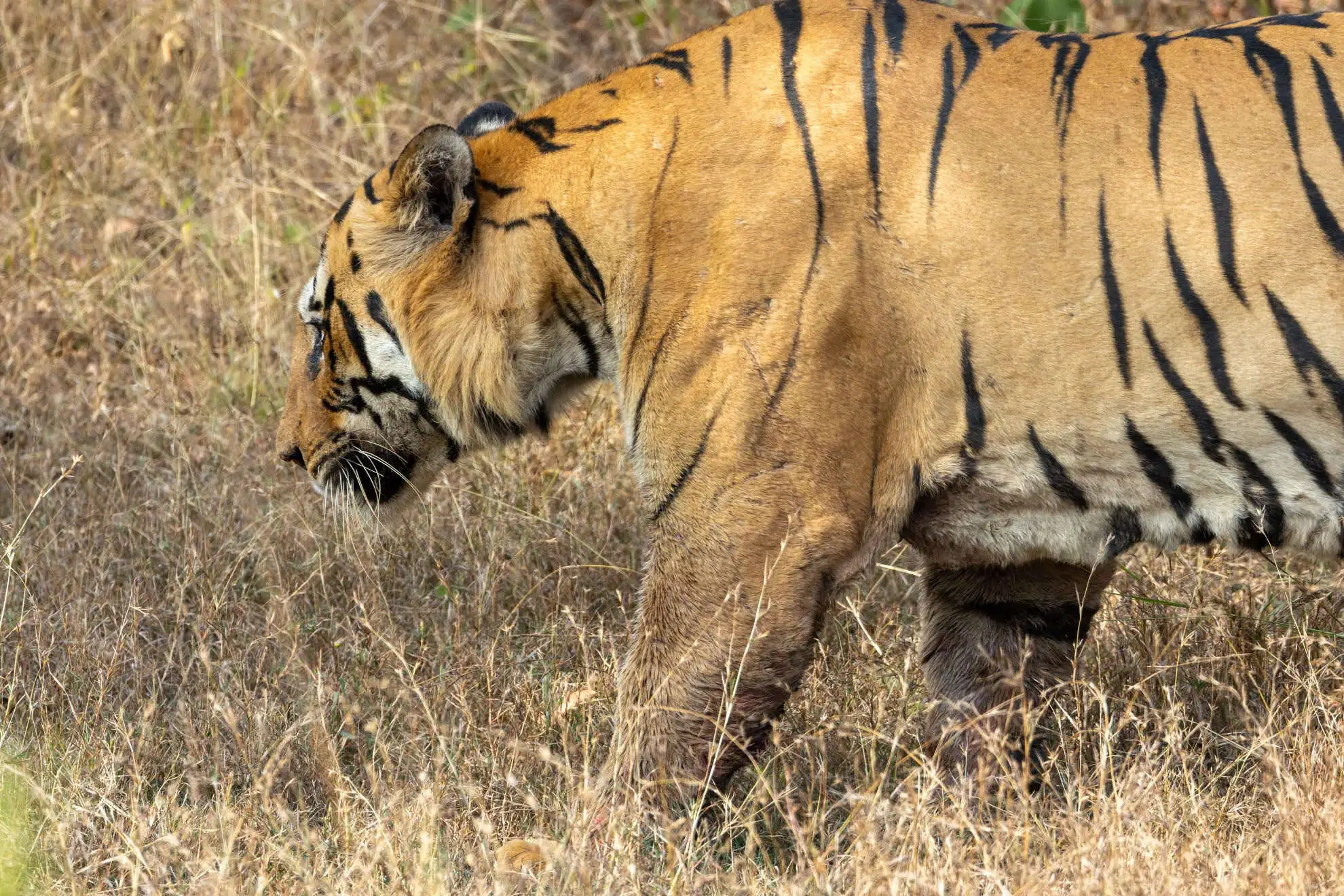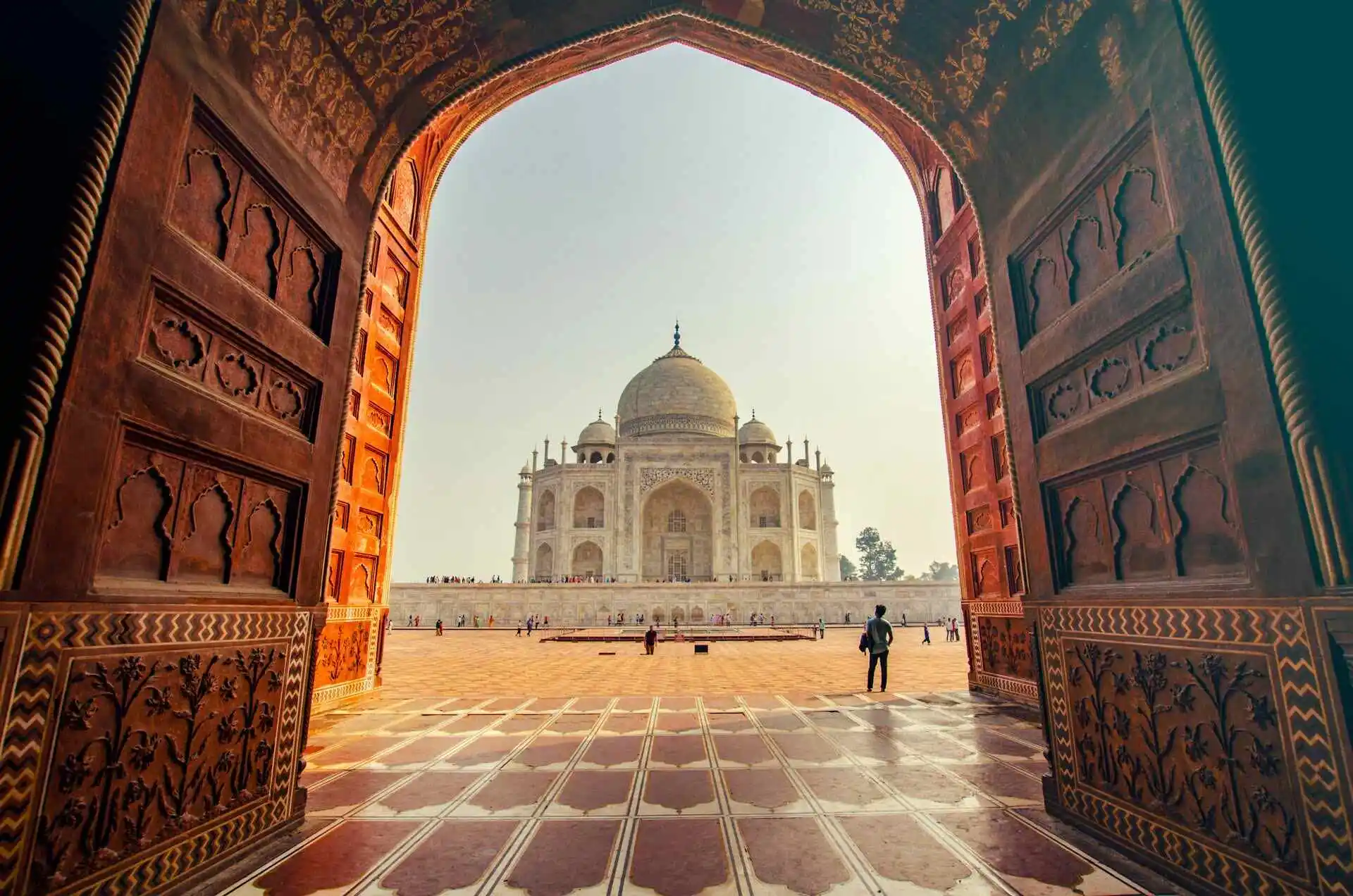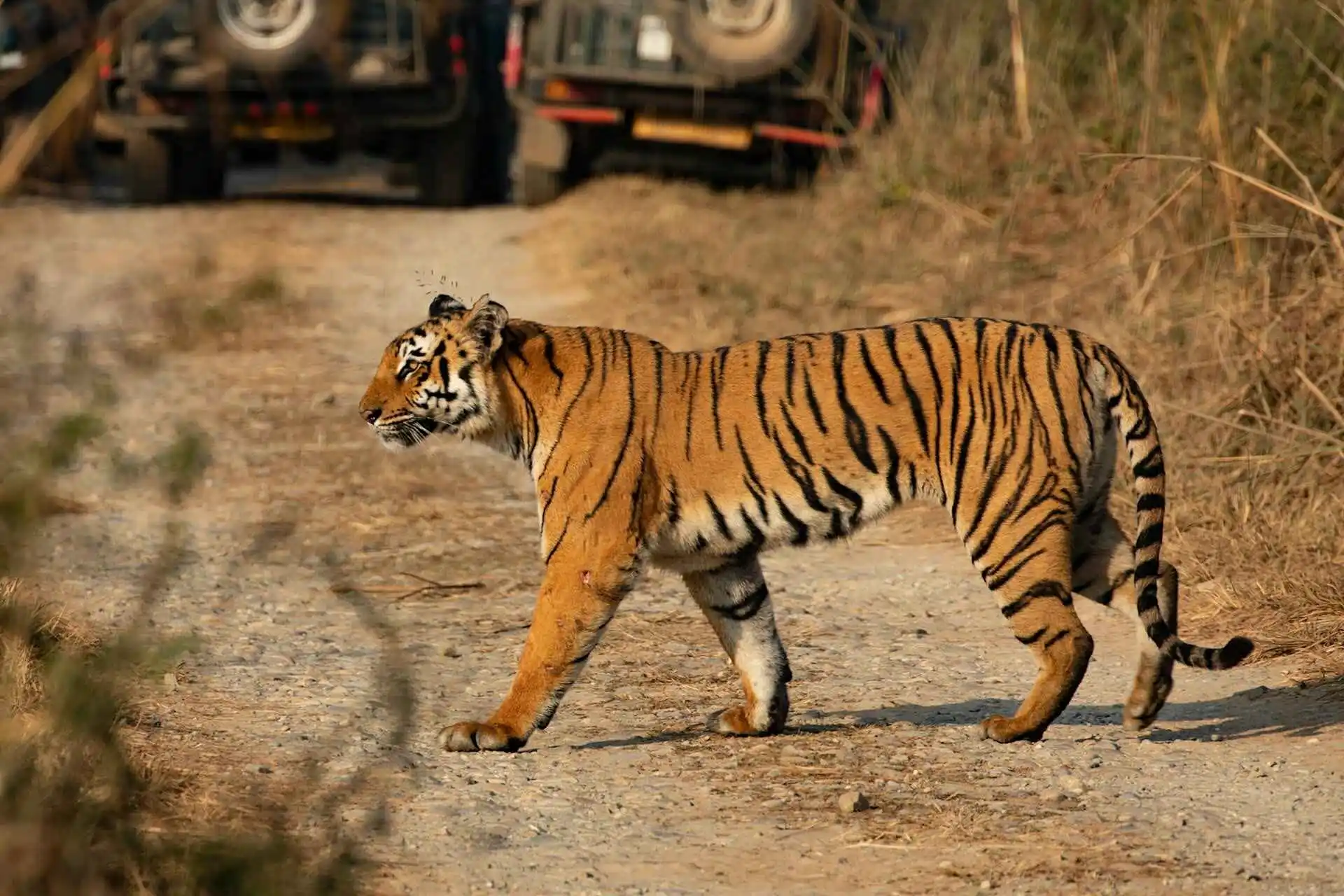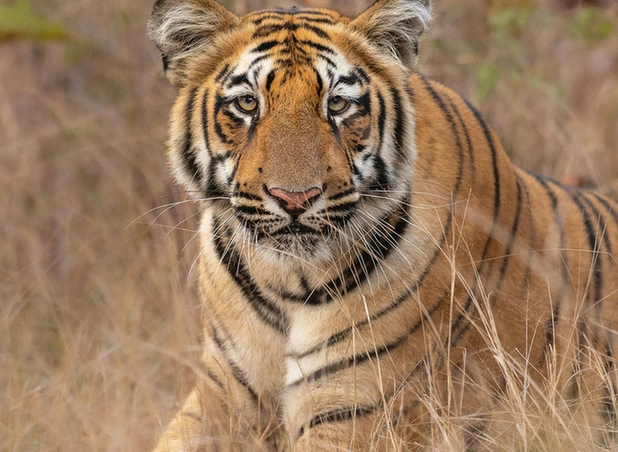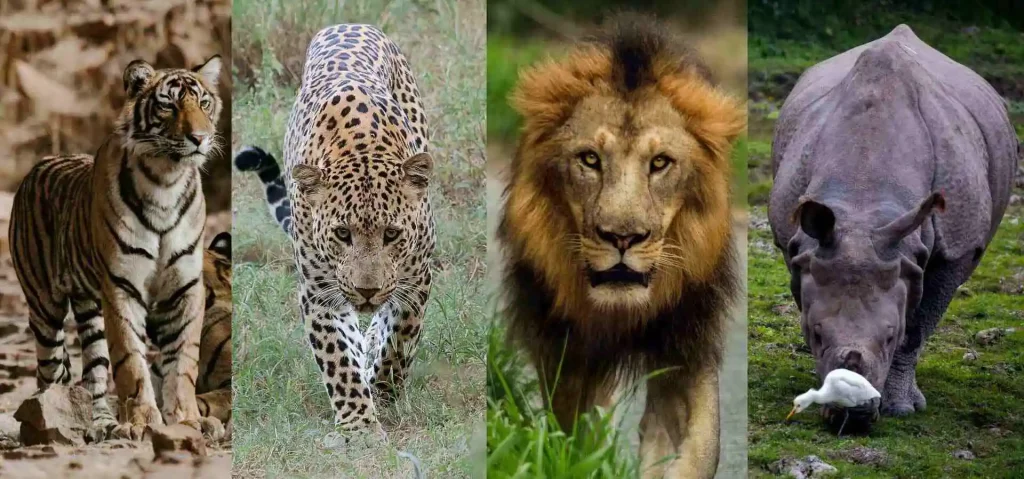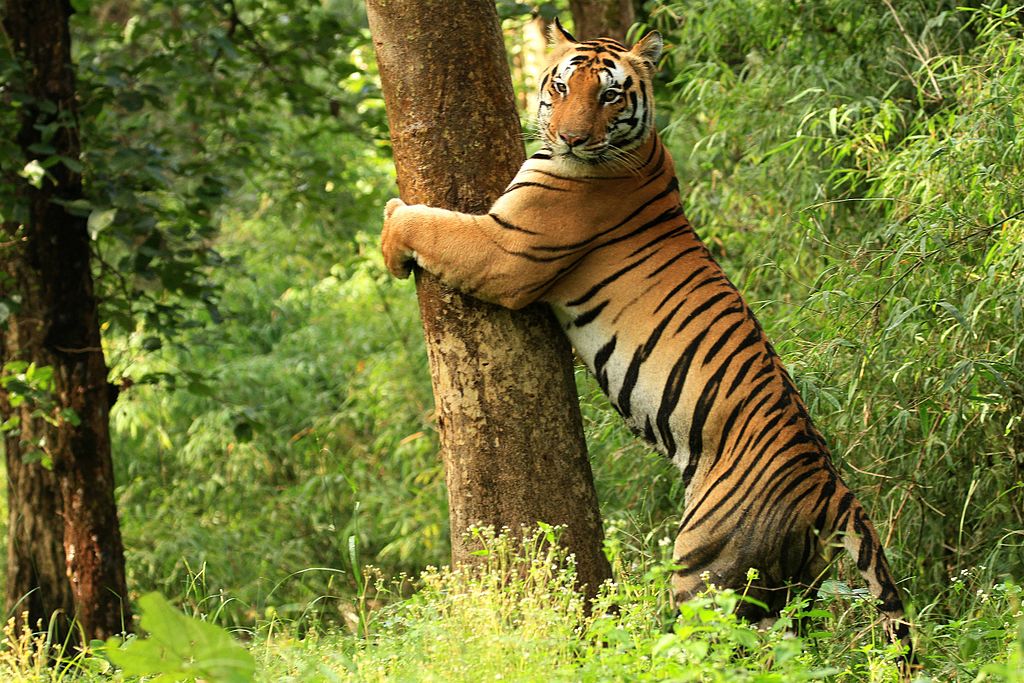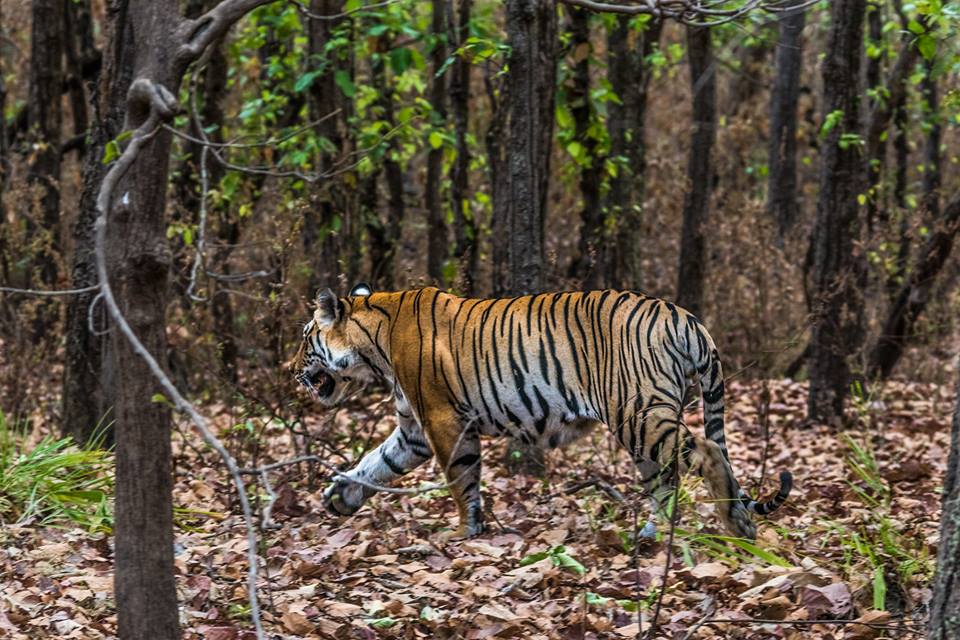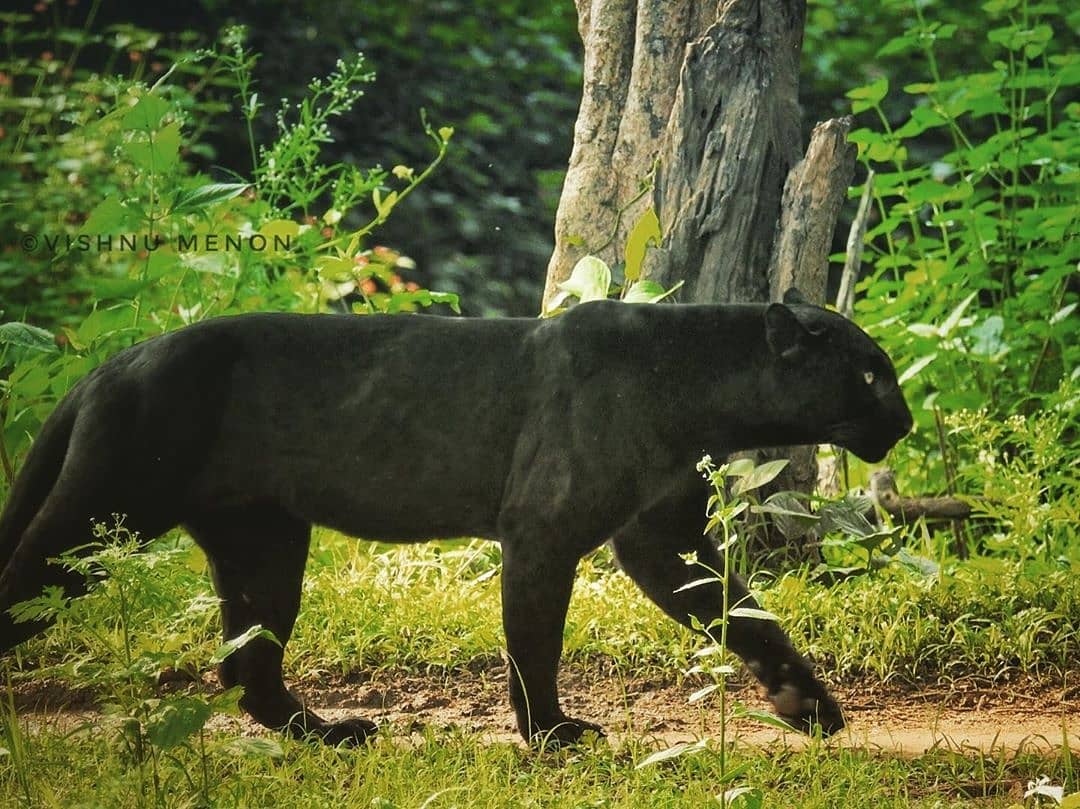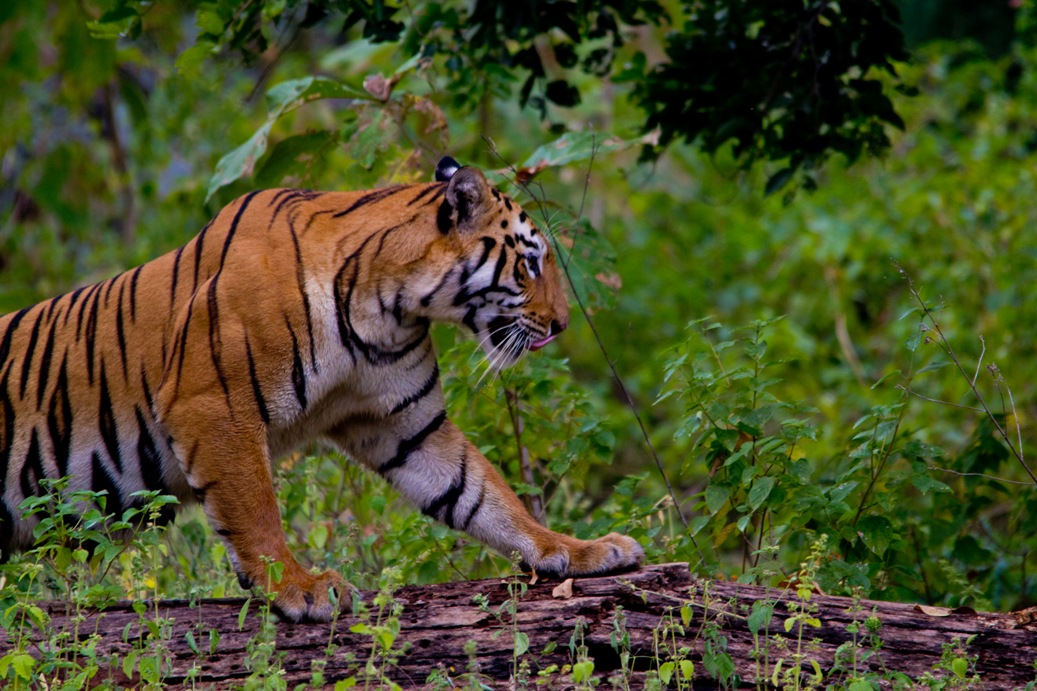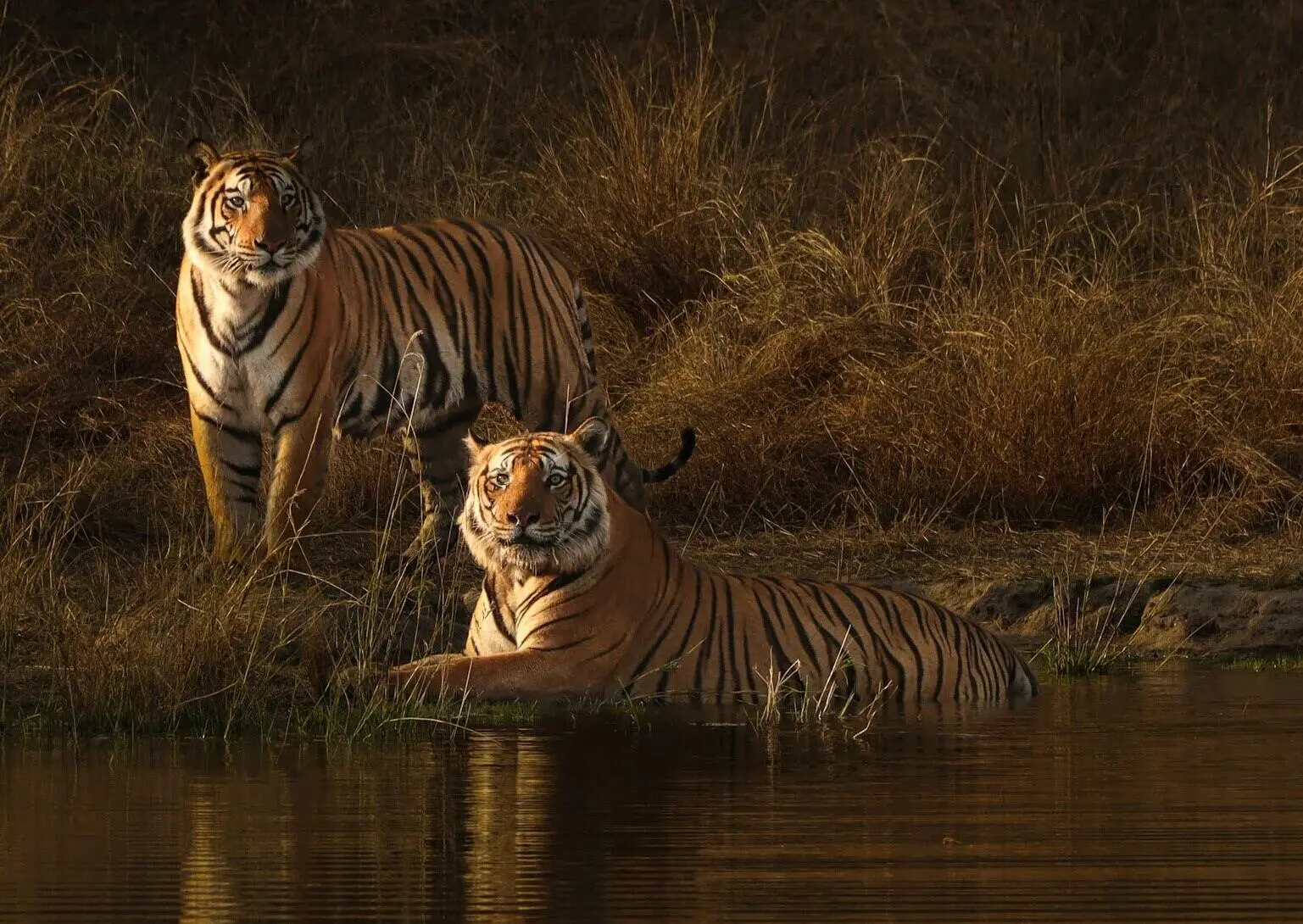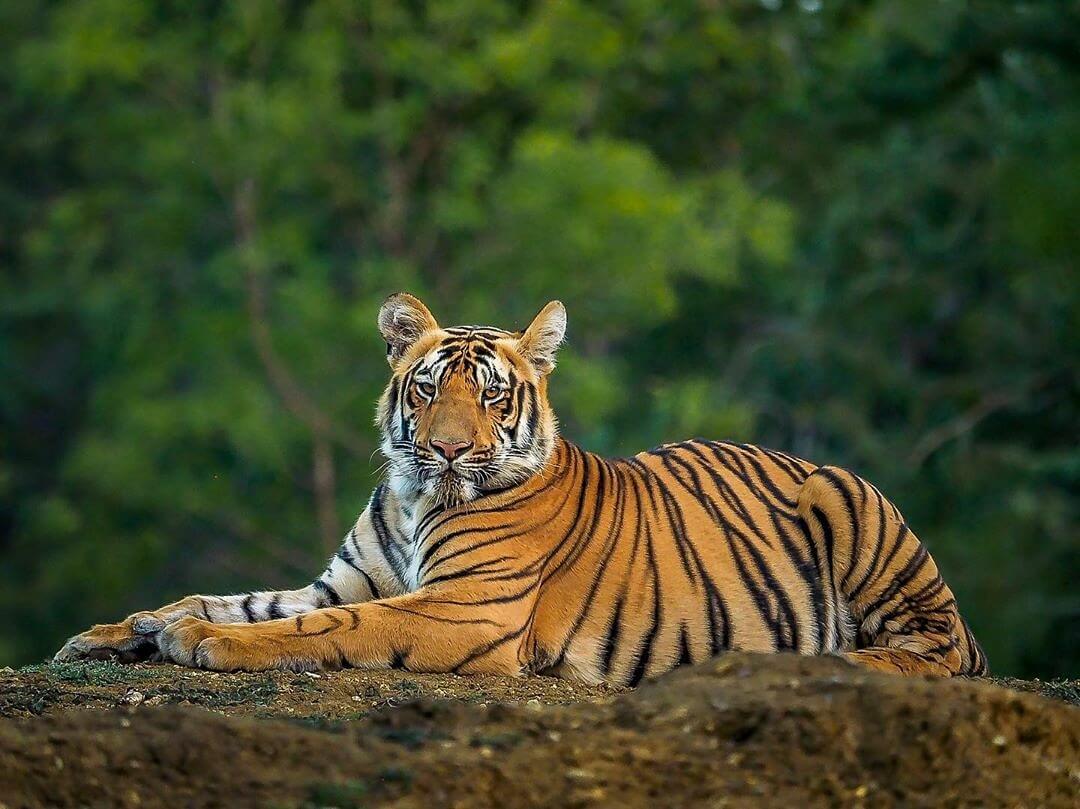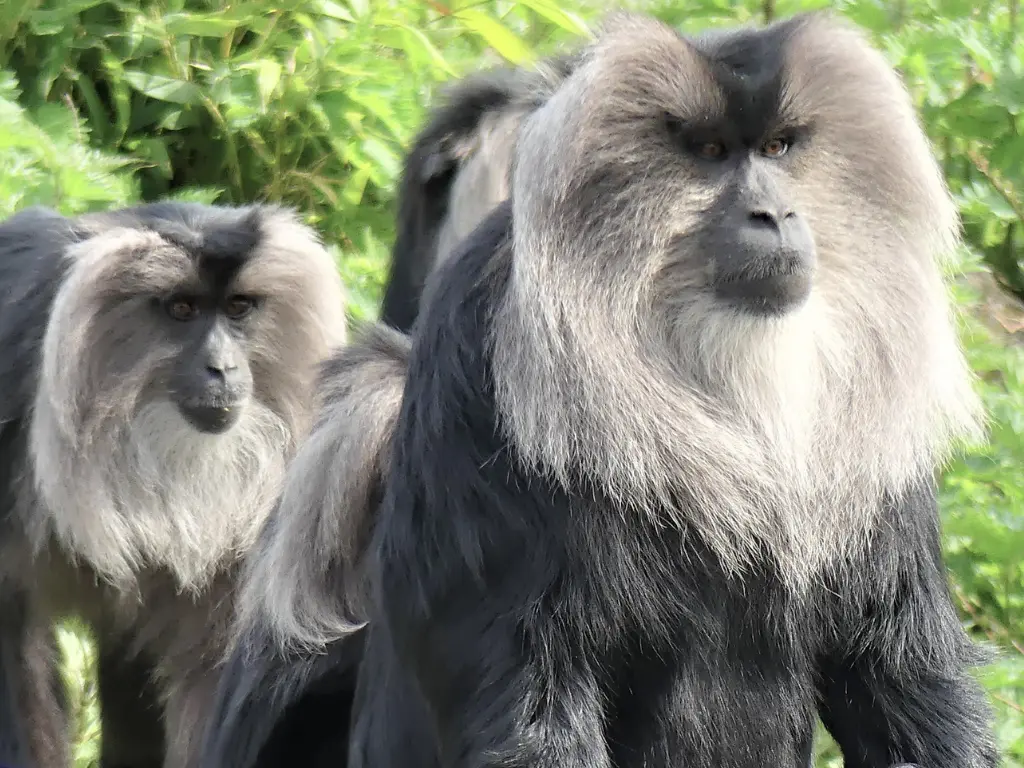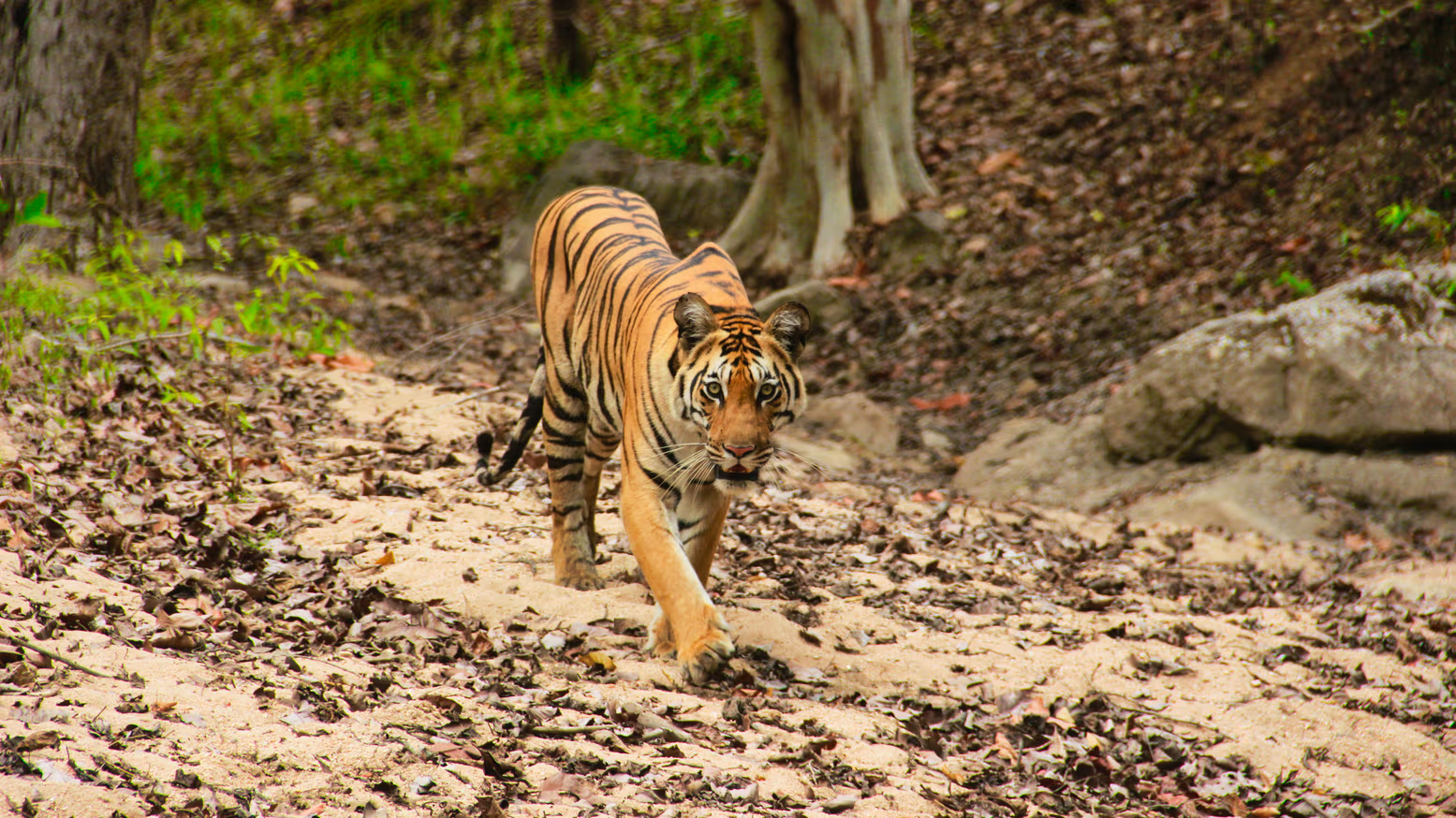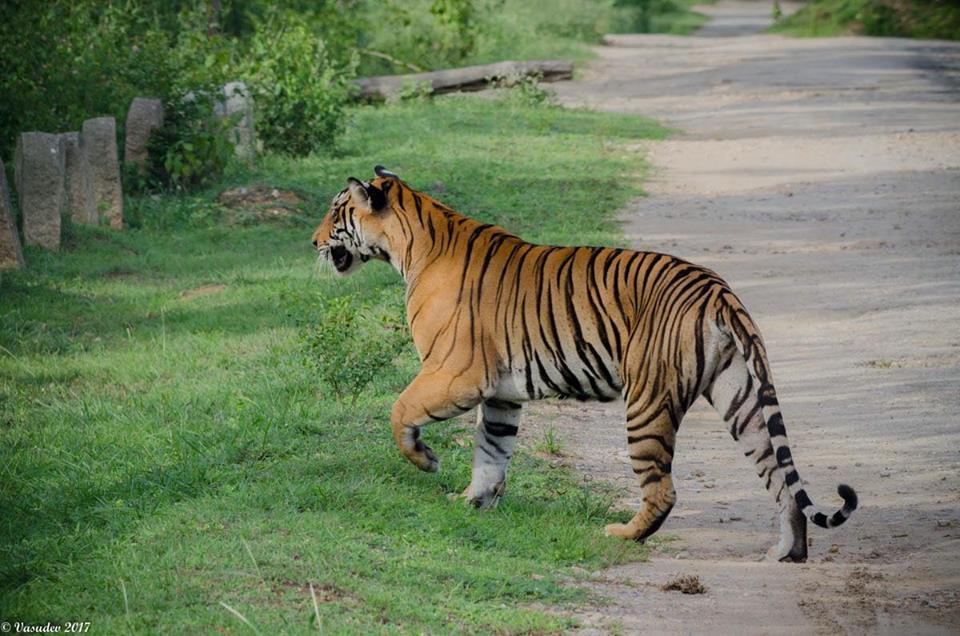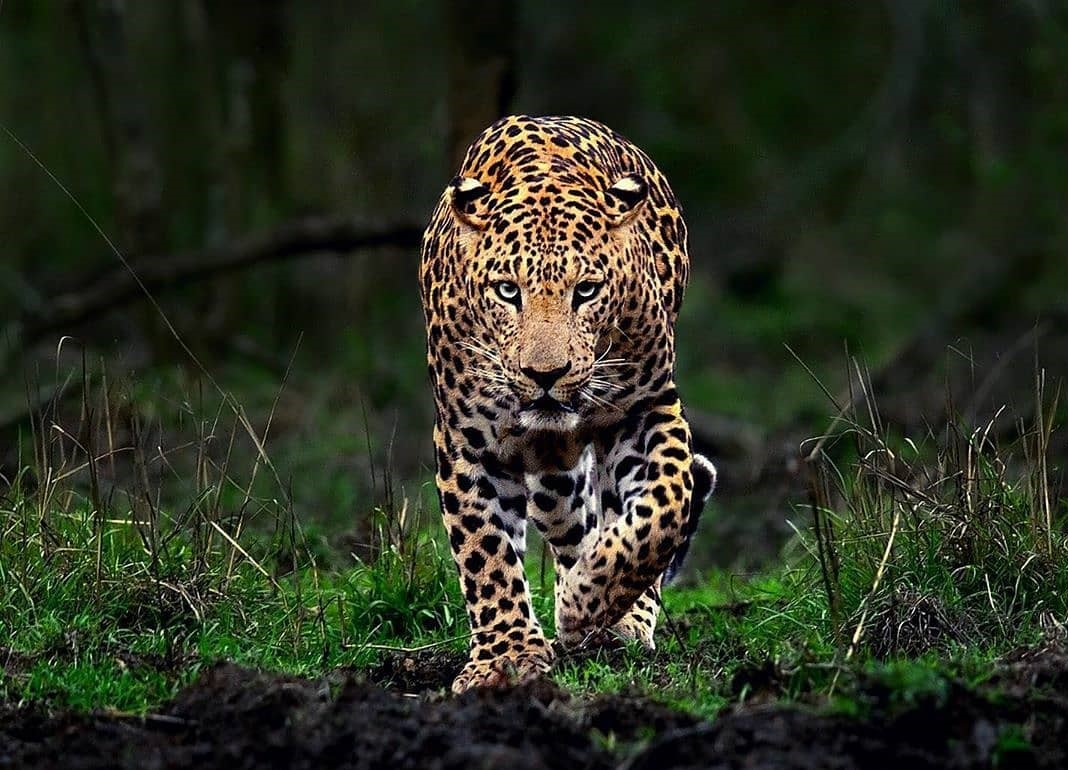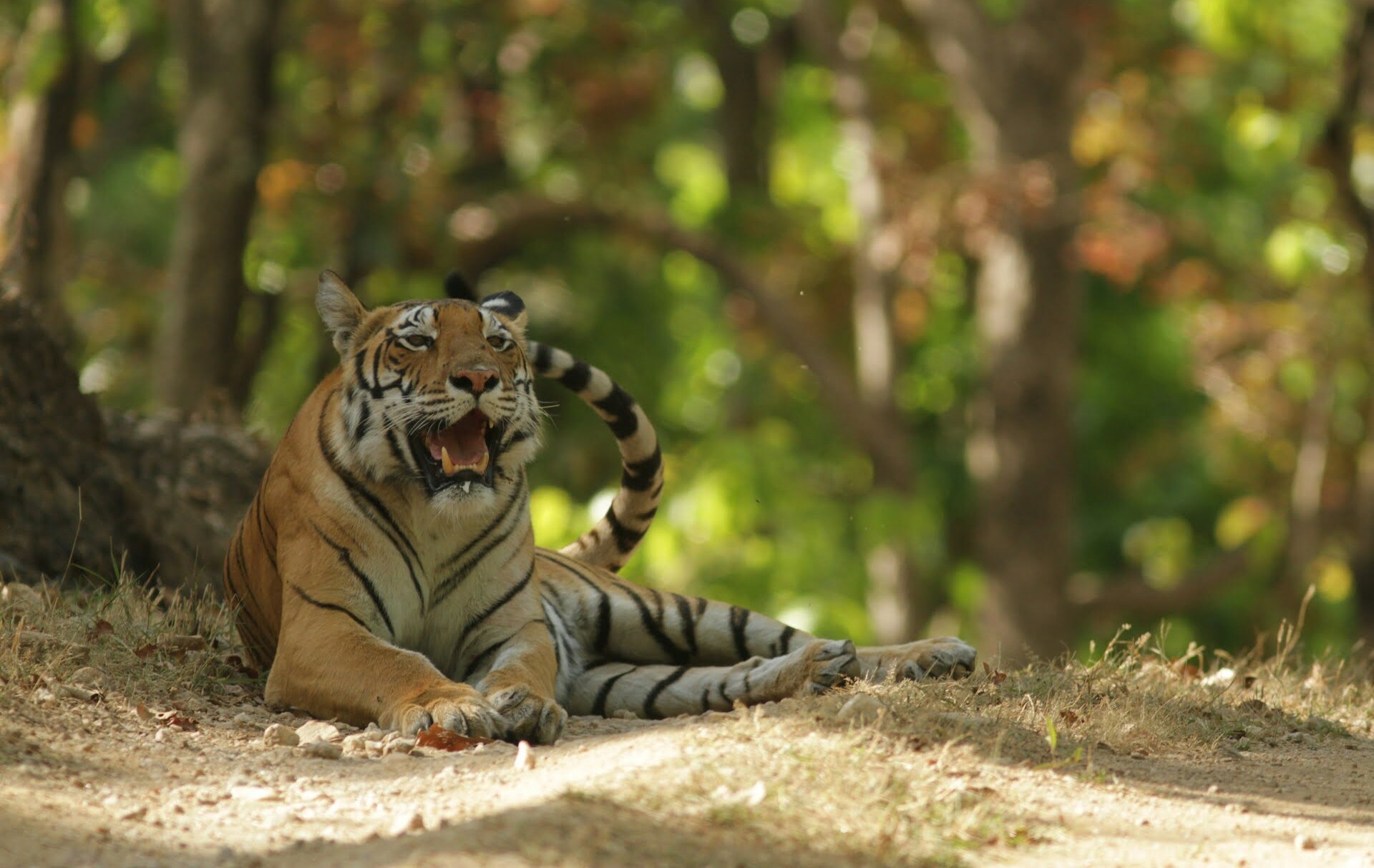Hemis National Park, also known as the Hemis High Altitude National Park is the pride of the state of Jammu and Kashmir. It is the largest notified protected area in India and stands north of the Himalayas, precisely in the eastern Ladakh. Spread across 600 sq. km of area Hemis National Park is merely 30 km away from Leh.
Hemis National Park is popular for its snow leopards, white masters of speed moving stealthily on snow that often go unnoticed by the onlookers. This place has arguably the highest density of snow leopards in any protected area of the world.
It is part of the Palearctic ecozone that includes, other than Hemis, the Changthang Wildlife Sanctuary and the proposed Tso Lhamo Cold Desert Conservation Area in Sikkim. The Indus River flows on the north of Hemis boundaries. The Park covers major part of the catchments in lower Zanskar valley. Markha, Sumdah, Rumbak and parts of the Zanskar range make up the catchments area here.
The Park is named after Hemis Gompa, the popular monastery situated nearby. It was notified as a National Park on 4 February, 1981.
Biodiversity at Hemis National Park
Flora: Owing to the altitude and weather conditions, Hemis isn’t an area that one would call ‘forested’ but around 10 percent of the zone is covered in shrubs, grasslands and isolated group of trees. The vegetation type changes as the altitude go up. Alpine and steppe trees, juniper, Lloydia, Veronica are some varieties. 15 rare medicinal plants have also been found inside the Park area.
Fauna: Hemis National Park is especially popular for many rare species. These are found at particular altitudes and Hemis’ geographic features make it an ideal home for them. Like – shapu, bharal, snow leopard, Pallas’ cat, ibex. The avifauna is equally rare with around 30 unique bird species.
Worth Visiting Places In and Around Hemis National Park
Hemis Monastery: The biggest monastery in all of Northern India is located about 45 KMs from Leh. It is a place of rich cultural heritage and longstanding historical trails. Hemis Monastery dates as far back as 1672 AD. It is home to 1000 Buddhist monks. No wonder an exquisite sense of calm pervades the air here. Inside the monastery lie large collections of ancient artifacts, Buddha statues, stupas, and thankas. You can take home your own souvenir of the journey from Hemis museum shop. It also houses the largest thangka (a Tibetan religious cloth painting) in Ladakh which is put to display only once in twelve years.
Gotsang Gompa: This is a favorite spot among the trekking enthusiasts. A short trek away from Hemis monastery, Gotsang Gompa is a perfect retreat for a rest break before heading for farther trekking. You can avail lodging facilities here and enjoy your stay among monks.
Shang Gompa: Another peaceful retreat en route your trekking destination. You can hear loud chants from the monks while you trek past this Gompa. Don’t forget to notice the creative and intricate details inside the Gompa when you visit.
Stanka Gompa: It is located near Indus River amidst snow clad mountains. Its location gives it a unique and attractive view. The monastery is built in form of a geometrical structure and is strikingly different from other Gompas.
Where Else Can You Spot the Elusive Snow Leopard?
While Hemis offers thrilling chances to spot snow leopards, seasoned wildlife photographers often visit Spiti Valley and Ulley Valley – lesser-known but incredibly rewarding alternatives.
Best Time to Visit Hemis National Park
When to visit Hemis National Park? The answer to that question depends heavily on what you want to visit it for. If you are a bird watcher keen on enjoying the sight of colorful feathers and sounds of chirping against the clear blue sky, you can plan a trip anytime during April to June or September to December. Those are the months when Hemis sees the highest and most vibrant avifauna population.
However, if you want to spot a Snow leopard or any other popular wildlife Hemis residents, September to June is the ideal time for it.
View Details for Snow Leopard Expedition Tour
Reaching Hemis National Park
By Air: You can fly Indian Airlines from Delhi, Chandigarh, Srinagar and Jammu to Leh. But the air route is advisable for the summer season only. The weather in winters isn’t safe here and does not allow many flights to land.
By Rail: The high altitude of Hemis National Park makes access through rail network very difficult.
By Road: The National Park is approachable by road from Leh. However one needs to be careful and cautious while driving since it is a rocky road involving many sharp twists and turns. Daily bus service from Leh to Hemis is also available.
On Foot: Hemis is a favorite destination among trekkers. For the adventurous soul, a trek route stretching from Spituk Gompa to Hemis via Jingchen Valley and the Markha Valley is also available. Spituk Gompa, where this trek starts, is located just below Leh.
Travel Tips for Hemis National Park:
- You will not find hotels or private lodges around Hemis Park. So it is advisable to find lodging in one of the nearby villages.
- Carry a small stock of packaged foods, common medicines, and first aid materials.
- If you are keen on trekking, you can use tents for halting.
- Khurnak Valley is the best place to spot snow leopards.
- 9th and 11th day of the fifth Tibetan month, which falls around June-July, is an occasion of special celebration. The annual Hemis festival is held during this time and is a sight to behold. Adjust your schedule to attend the festival, if possible. It is highly recommended that you do.
- Remember to carry a good pair of walking shoes, warm jackets, walking stick and sufficient potable water with you.

